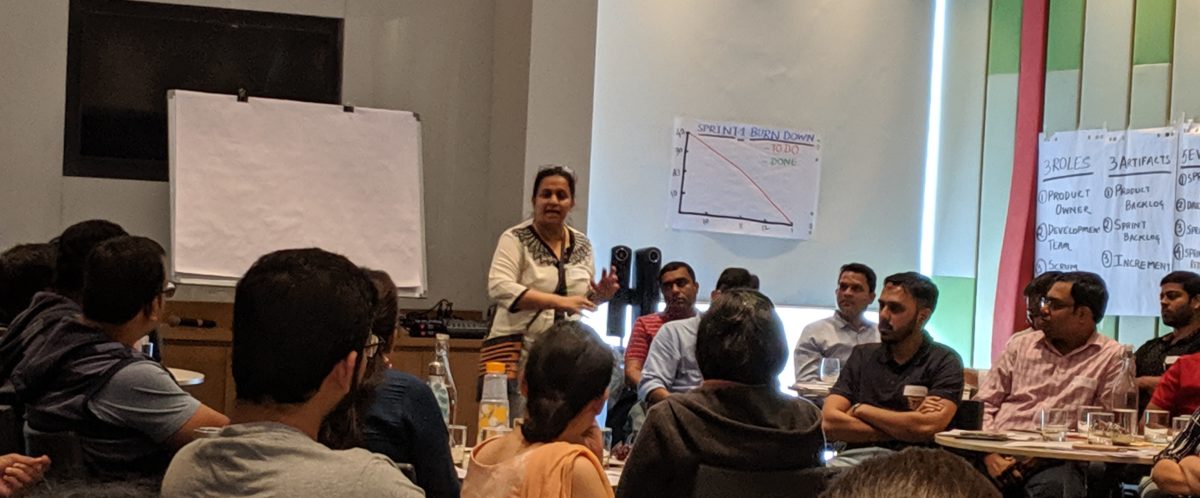Excitement is in air. The new scrum guide is out. Like always there is a great curiosity among agile enthusiasts to see how the guide to scrum has evolved.
Over the years Scrum Guide has changed considerably. A very key point to keep in mind would be that “Scrum” has not changed – Jeff and Ken have inspected and adapted the guide to Scrum so that Scrum is articulated clearly and concisely.
Here, in this series, I have articulated my understanding and perspective on how the guide has evolved in its latest avatar. Some Of the themes I want to explore in this series are::::
- Purposefully Incomplete – First time, the authors have put it on the paper that scrum guide is Purposefully incomplete. In my eyes, this drive to make things less prescriptive is behind many of the changes in scrum guide.
- Some Ideas Formally Included First Time in The Guide – Some ideas and Principles like Lean , product goal , formal specification of commitments are formally included first time in this guide. Some of these were already practiced by many as a beneficial. Now they are included in the guide formally. This formal inclusion helps to further the Scrum cause of focusing on value
- Some Changes That Bring in More clarity – Along with concepts formally included for the first time, we can see some small but significant changes. These changes bring a wonderful clarity. Some items in this list are rewording of scrum master being a servant leader or the team being “self managing” instead of “Self organized”
- What Has NOT changed – Perhaps the most important theme, I want to explore. Scrum is delightfully incomplete and its a very satisfying exercise to contemplate what has not changed and more importantly why? These are the aspects of scrum that provide the anchor to our thought process.
